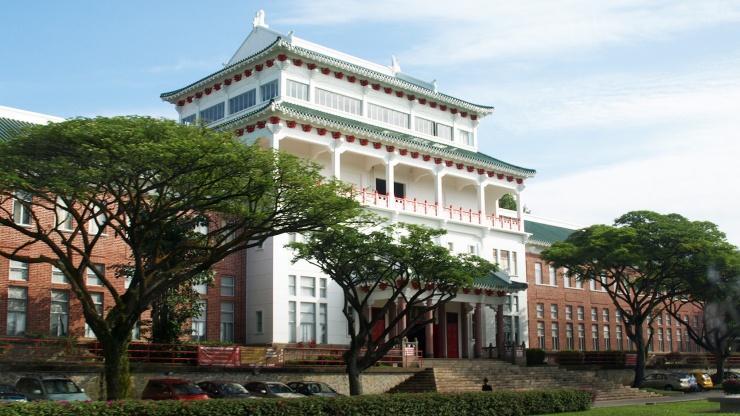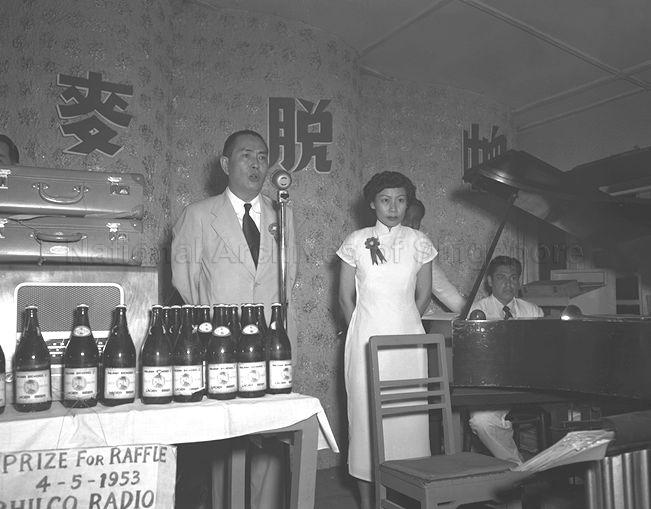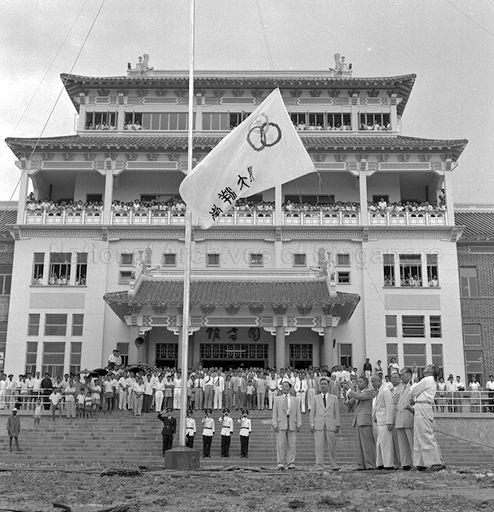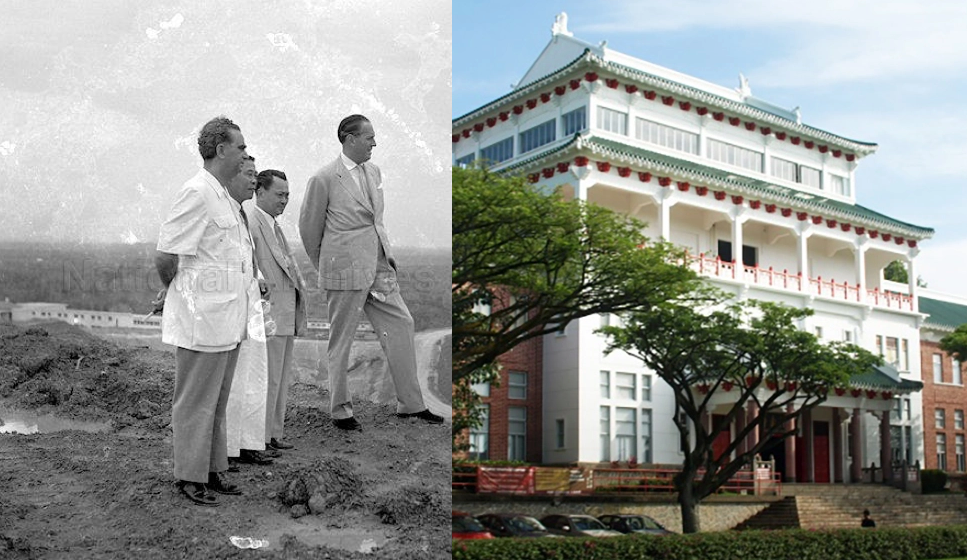Nanyang Technological University (NTU) has won many a design critic with her contemporary designs.
But amidst the grass-roofed splendour of the School of Art, Design, and Media, and the eco-friendly dim sum basket-shaped South Spine Learning Hub lies a remnant of the past - the former Nanyang University Administration Building.
 Source: VisitSingapore
Source: VisitSingapore
On its own, the building which now serves as the Chinese Heritage Centre stands refined and elegant, stubbornly standing her ground amidst the modern landscape that is NTU.
She is a reminder of a past life that was more impassioned, yet more steadfast; a culmination of the dreams of a Chinese diaspora determined to preserve their culture in a home away from home.
The desire for a Chinese university
After the Japanese Occupation, the British colonial government cut off ties with the People's Republic of China in 1949. People who travelled to mainland China were not allowed to return to Singapore.
This presented a problem for the Chinese: the growing number of post-secondary graduates from Chinese-medium schools could not continue their further studies in mainland China as was the practice before the Japanese Occupation.
They also could not enrol into the newly formed University of Malaya which required proficiency in English as an admission criteria.
"In the past, the thinking was to return to China to set up schools and help development after being in business and making some money here. The thinking has changed, because even if we wanted to return to China, we would not be able to resume residence here. In the past, we considered Malaya as our second home; today, it is first home. Whatever money we make, we spend it on this land."
-- Tan Lark Sye on why the Chinese community wanted to build a university in Malaya (Feb. 18 1953)
[related_story]
Rallying the Chinese community
Nanyang University (or Nantah -南大) was often called the People's University, and rightly so because it would have never existed if not for the collective zeal of the Malayan Chinese.
In 1953, the Chairman of the Hokkien clan association Tan Lark Sye convinced the Chinese community that "in order to preserve Chinese culture, there is an urgent need to set up a [Chinese] university".
As a show of commitment, the association donated 523 acres of land (named Yunnan Yuan - or Yunnan Garden) in Jurong for the proposed campus.
Donation drives were held throughout the Malayan Peninsula between August 1953 and August 1954, with people from all walks of life giving whatever they could. The slogan for the donation drive was: Those who have, give money. Those who have not, give labour.
 Cabaret holding charity night to raise funds for Nantah. Via NAS.
Cabaret holding charity night to raise funds for Nantah. Via NAS.
[related_story]
Famed writer Han Suyin, who later taught Contemporary Asian Literature at Nantah, had this to say about the community effort to set up the university:
“How many oyster omelettes, sliced crab, noodles of all kinds went into Nanyang University? The trishaw peddlers of Singapore and Malaya pedalled for three days and turned in all they earned for Nanyang University, and theirs was the greatest sacrifice for they were so very poor. Rubber tappers flocked to give; they knew that their children would never have a chance to go to university; but it was a gesture of cultural identity. It was incredible and magnificent, and it must be remembered."
Not everyone took to the idea of a Chinese university though. The colonial government was hesitant to give Nantah their blessings because in their minds, an intellectual centre for Chinese teachings and culture could very well turn into a vehicle for communist ideology.
Support from David Marshall
However, faced with the overwhelming support from the Chinese community and promises by Nantah's founders to keep the school non-partisan, the British finally agreed to let Nantah proceed.
But it wasn't just the Chinese community who supported the setting up of Nantah though, Singapore's first Chief Minister David Marshall who was in office from 1955 to 1956 also lent his support.
 Chief Minister David Marshall, Tan Lark Sye, Lien Ying Chow and Colonial Secretary Alan Lennox Boyd viewing Nanyang University and the buildings nearing completion from a hill. Via NAS.
Chief Minister David Marshall, Tan Lark Sye, Lien Ying Chow and Colonial Secretary Alan Lennox Boyd viewing Nanyang University and the buildings nearing completion from a hill. Via NAS.
 Hoisting Nantah's flag on opening day. Via NAS.
Hoisting Nantah's flag on opening day. Via NAS.
And that was how Nantah finally opened its doors in March 1956.
 Via Wikipedia.
Via Wikipedia.
For an in-depth account of an alumni's time at Nanyang University, you can read My Nantah Story: The Rise and Demise of the People’s University by Tan Kok Chiang, available at Ethos Books.
Cover image from NAS and VisitSingapore.
If you like what you read, follow us on Facebook, Instagram, Twitter and Telegram to get the latest updates.


